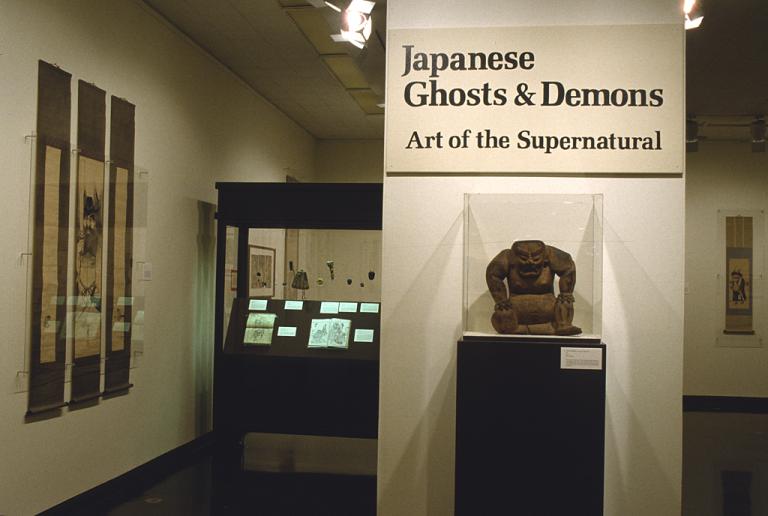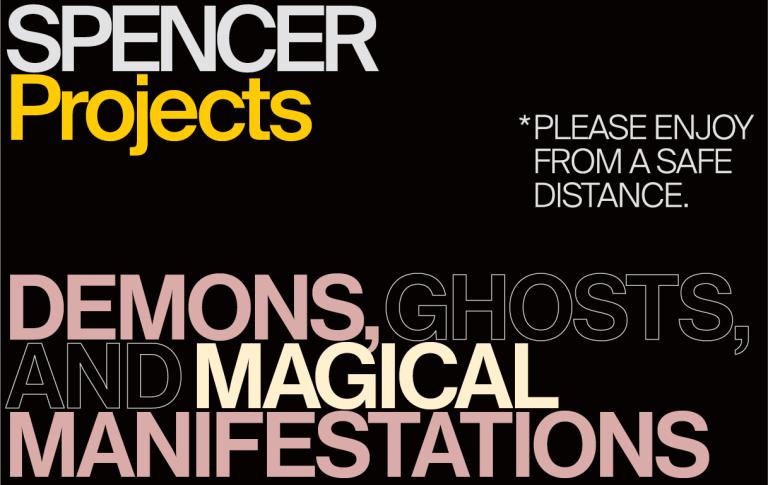Spirit of General Tamichi as a Great Snake, 月岡芳年 Tsukioka Yoshitoshi
Artwork Overview
月岡芳年 Tsukioka Yoshitoshi, artist
1839–1892
Spirit of General Tamichi as a Great Snake,
1880, Meiji period (1868–1912)
Portfolio/Series title: Dai Nippon meisho kagami (A Mirror of Famous Generals of Japan)
Where object was made: Japan
Material/technique: color woodcut
Dimensions:
Sheet/Paper Dimensions (Height x Width): 320.67 x 203.2 mm
Sheet/Paper Dimensions (Height x Width): 12 5/8 x 8 in
Mat Dimensions (Height x Width): 19 x 14 in
Sheet/Paper Dimensions (Height x Width): 320.67 x 203.2 mm
Sheet/Paper Dimensions (Height x Width): 12 5/8 x 8 in
Mat Dimensions (Height x Width): 19 x 14 in
Credit line: Gift of H. Lee Turner
Accession number: 1968.0001.213
Not on display
If you wish to reproduce this image, please submit an image request












